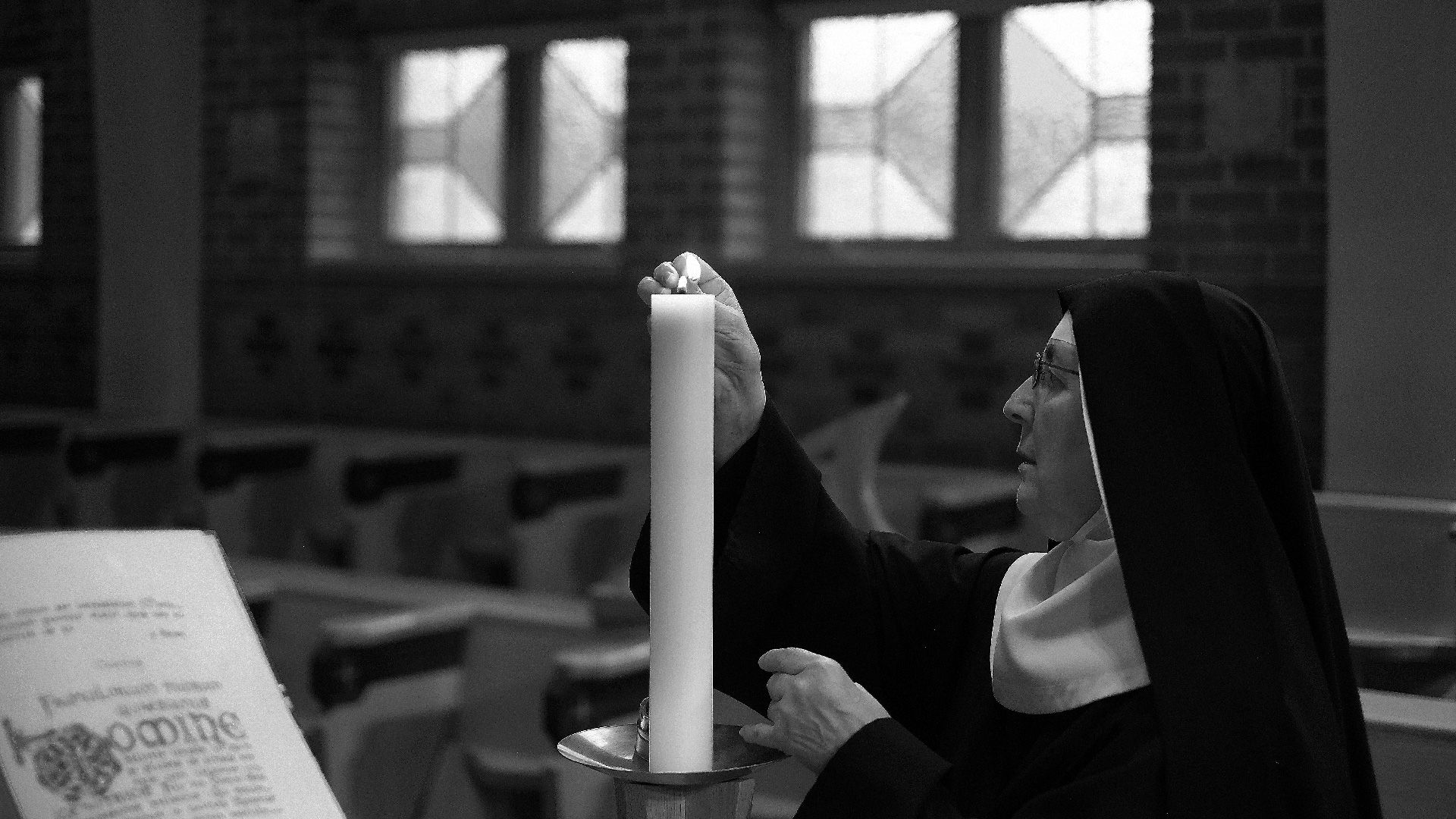Saint Benedict
Benedict of Nursia was a monk and abbot who lived in the 5th and 6th century AD. He founded several monasteries and wrote a rule for monasteries which became fundamental for Western Monasticism. The Catholic Church venerates him as Patron of Europe.
The principal source for Benedict’s life are the Four Books of Dialogues which Pope Gregory the Great wrote in 593/594 AD. Book Two is entirely devoted to Benedict, showing his personal spiritual journey and portraying him as a great ascetic, a prophetic leader of monks and founder of monasteries, as author of a rule and miracle-worker. The text stands in a tradition of hagiographic writings and is more interested in spiritual facts than in in biographical detail. A special emphasis is placed on scenes which echo those of great biblical figures, especially of the prophets Elija and Elisha.
The Rule of Saint Benedict
The monastic movement that began in Egypt and Syria in the third century and soon spread to the Western Mediterranean used and produced all sorts of texts: lives of saints, monastic travelogues, descriptions of monastic institutions, and homilies or talks on spiritual topics. In the fourth century a new type of text emerged: monastic rules. They laid down the basic organization of a monastic community, provided guidelines for the abbot and other office holders, and explained spiritual principles for the monks. Their authors did not claim to produce original texts: they copied from other rules they had come across, enriching and developing a tradition whose aim was not literary distinction but the provision of a useful handbook for abbots and monks.
The Benedictine Order through the Centuries
Traditionally, AD 529 is considered to be the year in which St Benedict founded the monastery at Montecassino. He died and was buried there around 547. Some decades later, the monastery was destroyed and not rebuilt for a long time. The monastic community and the living tradition of Benedict seemed to have disappeared.

